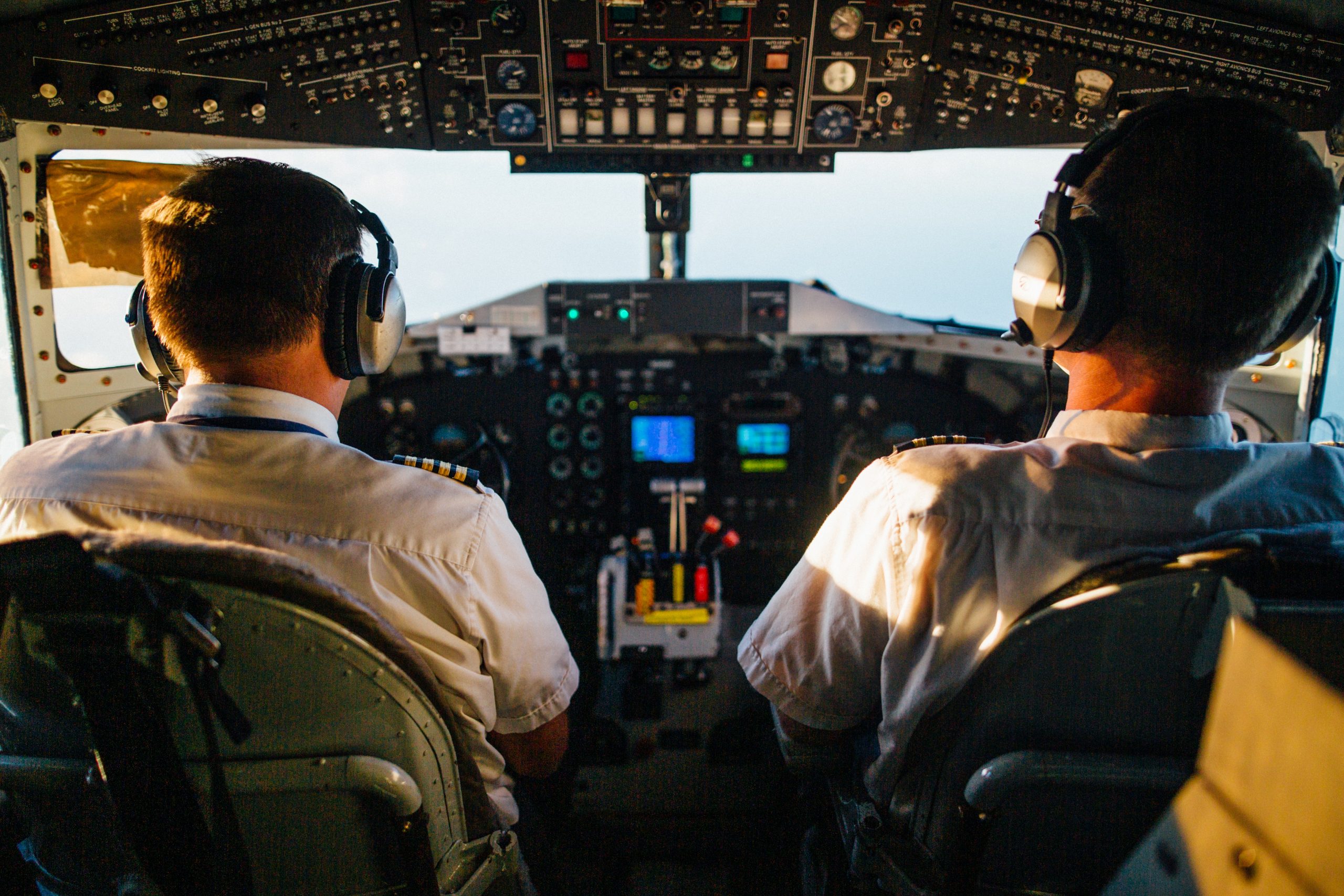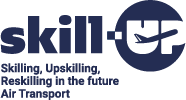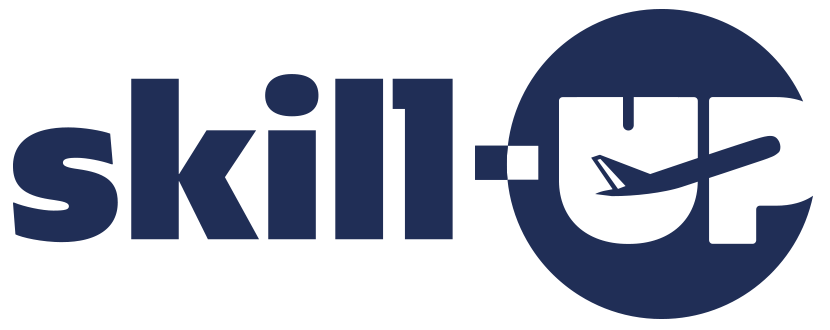


Learning aircraft procedures is an important part of flight training from general aviation to airline pilots.
Indeed, the sequence of actions that need to be performed at the various stages of the flight (e.g., before start, engine run-up, before take-off…) have been codified for each type of aircraft in order to standardise the procedures and to reduce the cognitive load of the pilots.
Thus, for the routine steps of the flight, the pilot does not need to engage in reflective processing and just has to follow validated sequences of actions that ensure safety requirements.
Consequently, the pilot will have more mental resources available for dealing with all the elements that vary from one flight to another.
The Skill-UP project highlighted that “Application of Procedures” would be one of the relevant technical skills needed in the future of aviation for the single pilot operations scenario identified for pilots. Therefore, there is an interest in improving the learning of aircraft procedures.
The “learning and practicing of aircraft procedures” module is built around two main learning objectives:
1. To learn new aircraft procedures
2. To train to execute the sequence of corresponding actions and gestures autonomously
A specific learning tool has been developed for this training module. In order to facilitate the representation of the cockpit during the learning process, while the trainee is learning and practicing a given procedure, the learning tool uses Virtual Reality.
More precisely, the tool enables the trainee to execute the procedure in three modes: the “discovery mode”, the “learning mode” and the “expert mode”.
The written procedure is shown in the view (without hiding the cockpit) and each element to check or modify is systematically shown through an illuminated path and a halo light.
The elements are no longer highlighted. When a correct/erroneous action is executed, the learner receives an auditory feedback.
The written procedure is hidden, and the learner has to execute the procedure autonomously.
After the last step of the procedure, the learner receives a summary feedback comprising the total number of errors and the total time used to execute the procedure. Therefore, the learner may assess how his performance improves while practicing the procedure.



